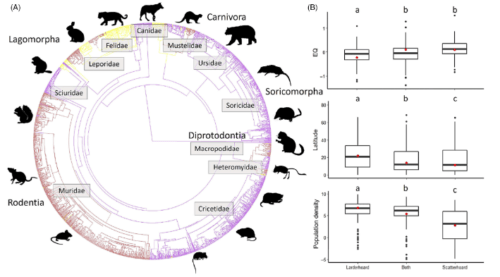2024-06-18 リンショーピング大学
<関連情報>
- https://liu.se/en/news-item/canceroverlevare-har-okad-risk-for-sjukdomar-livet-ut
- https://www.thelancet.com/journals/lanepe/article/PIIS2666-7762(24)00092-9/
小児、青年、若年成人のがん患者における60年間の罹患率と死亡率:スウェーデンの集団ベースコホート研究(Rebuc研究) Morbidity and mortality among children, adolescents, and young adults with cancer over six decades: a Swedish population-based cohort study (the Rebuc study)
Margaretha Stenmarker,Panagiotis Mallios,Elham Hedayati,Kenny A. Rodriguez-Wallberg,Aina Johnsson,Joakim Alfredsson,et al.
The Lancet Regional Health – Europe Published:May 15, 2024
DOI:https://doi.org/10.1016/j.lanepe.2024.100925

Summary
Background
Despite progress in managing cancer in children, adolescents, and young adults (CAYAs), persistent complications may impact their quality of life. This study covers the morbidity and mortality, among CAYAs, with the aim to investigate the influence of socioeconomic factors on outcomes.
Methods
This retrospective matched cohort study included the entire Swedish population of individuals under 25 with cancer 1958–2021. The population was identified from the Cancer Register, and controls were paired 1:5 based on age, sex, and residence. Multiple registers provided data on morbidity, mortality, and demographics.
Findings
This survey covering 63 years, identified 65,173 CAYAs and matched controls, a total of 378,108 individuals (74% females). CAYAs exhibited a 3.04-times higher risk for subsequent cancer (Odds ratio (OR) 95% confidence interval (CI) 2.92–3.17, p < 0.0001), a 1.23-times higher risk for cardiovascular disease (OR 95% CI 1.20–1.26, p < 0.0001), and a 1.41-times higher risk for external affliction (OR 95% CI 1.34–1.49, p < 0.0001). CAYAs had a higher mortality hazard, and after adjusting for socioeconomic factors, males, individuals born outside Europe, and those with greater sick-leave had a higher association with mortality, while education and marriage showed a beneficial association.
Interpretation
The Rebuc study, showed an increased risk for serious complications among young cancer patients in Sweden. Patient-specific variables, demographics, and socioeconomic factors influenced mortality. These results underscore the impact of cancer on the health and lifespan of young individuals and the necessity for further research to address socioeconomic disparities in cancer care.
Funding
Grants from the Medical Research Council of Southeast Sweden (FORSS), ALF Grants, Region Ostergotland, and The Swedish Childhood Cancer Fund.


